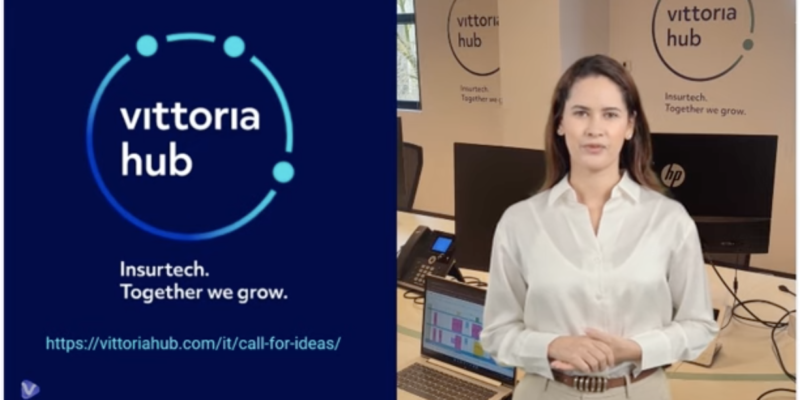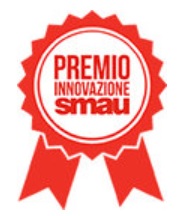We provide the selected startups with a range of services for the 3 stages of the program
Incubation
From «Business Idea» to «MVP»,
Minimum Value Proposition
Adoption
From «MVP» to «POC» of interoperability
with Vittoria ecosystems and infrastructure
Acceleration
From «Vittoria POC»
to «first traction» on national and international markets
A place to host your startup
Vittoria hub is a project of modern workspace, located at the headquarters of Vittoria Assicurazioni in Milan, a place to facilitate the collaboration and the growth of incubated startups.
Shared spaces and working space to facilitate the collaboration between startups and partners
Vittoria hub includes working spaces and flexible and modern collaborations.
The different areas offer a range of shared services that are useful for the daily work, to support the collaboration between startups and partners of the program.
Our Partners
The collaborative model is underpinned by strategic partners involved in the program and supporting the following service areas: core services, non-core services, financial support, acceleration & execution and third-party services by industry partners.












